Catch the Digital Transformation in Textile
Let's plan sector-specific projects together from production to sales!
Let's plan sector-specific projects together from production to sales!

Keeping track of all processes such as stock control, material planning and production in the textile industry by adhering to classical methods makes it almost impossible to meet the changing and developing customer needs today. You can have fast and simple communication between all your departments with the ERP system specifically designed for you.
Since textile is one of the fast-changing and multi-dynamic sectors, it is necessary to consider such variable processes in the project planning stage. Likewise, the industry’s unique processes are also important factors to be considered during the project planning phase.

As NTT DATA Business Solutions, having a team that is responsible only for textile projects and has years of experience in this field is critical for this and similar situations. In addition to the best practices of SAP, we can quickly adapt to the infrastructure of our customers with different and alternative solutions we have developed within our organization. We have 4 different industry-specific solutions for the sample management process alone. Our priority is always in line with the needs of our customers for our individual and situation-specific solution works. Processes such as tops, yarn, raw fabric, patterned fabric, dyed-printed fabric, ready-to-wear and home textile are among the processes that we have done the most projects and hence the most experience.
Launched in 2017, SAP S/4HANA for Fashion and Vertical Business solution provides great power to the retail and textile industry, especially in competition. When we look at the fashion and textile industry, we see that the sector is basically divided into three. One of them is basically the textile industry, which covers yarn, fabric, dye and printing processes. Another one is the fashion/garment industry, which covers the final product, the product processes that reach the end user. The last one is the retail sector, which covers merchandising processes. Accordingly, a road map is followed in the textile sector, covering all processes end-to-end with SAP’s S/4HANA product. We position the SAP Fashion and Vertical Solutions solution for our customers, which include the Fashion/Garment business line.
IoT technology can be easily configured on many scenarios in the textile industry. Some of these applications are as follows:
With our experience of more than 30 years of partnership with SAP, we are aware of what you need and where you have difficulty. We support you from all over the world at every stage of your IT projects.
Today, more than 10,000 customers around the world are using the solutions we integrate. Our specialists offer service in our centers in 25 countries, while our cooperation with the NTT DATA Group offers us a world-wide cooperation.

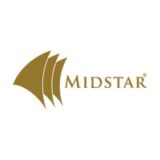
With SAP SuccessFactors implementation Midstar managed to improve its people experiences with a single global HR platform.
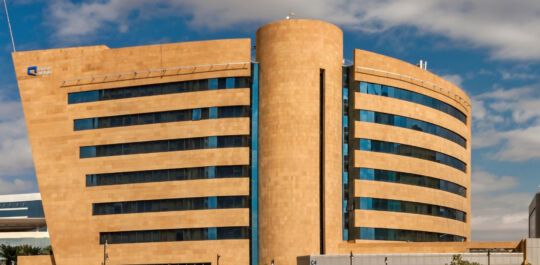

Mobily provides integrated services for three main sectors, namely individuals, business, and carriers. It has one of the largest wireless networks by coverage in Saudi Arabia
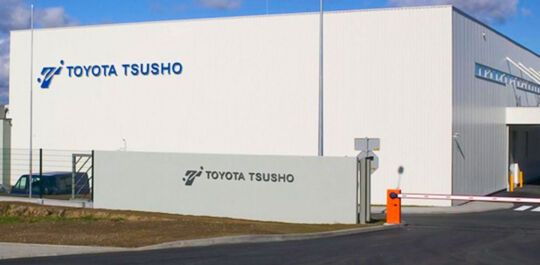
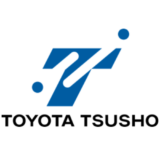
Toyota Tsusho is the trading arm of the Toyota Group. It enriches society by creating value by the company as Metals; Global Production Parts; Logistics
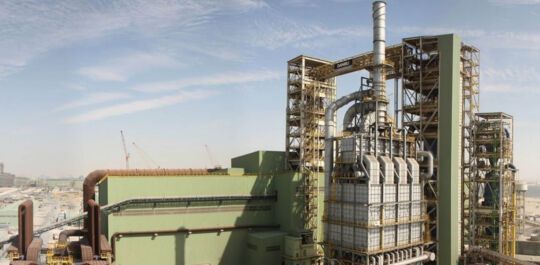

Based in the industrial sector of Abu Dhabi, Emirates Steel produces home-grown high quality steel products that are shipped and used across the world and delivered into major global markets, for the construction, engineering and energy sectors.


Agthia Group is a leading Abu Dhabi based food and beverage company. Agthia offers a world-class portfolio of integrated businesses providing high-quality and trusted food and beverage products for customers and consumers across the UAE, GCC, Turkey, and the wider Middle East.
Are you searching for answers or would like to receive more information on Textile Industry? Do you want more detailed advice from our expert or wish to book one of our SAP workshops?
Just contact us – we will be glad to help you.